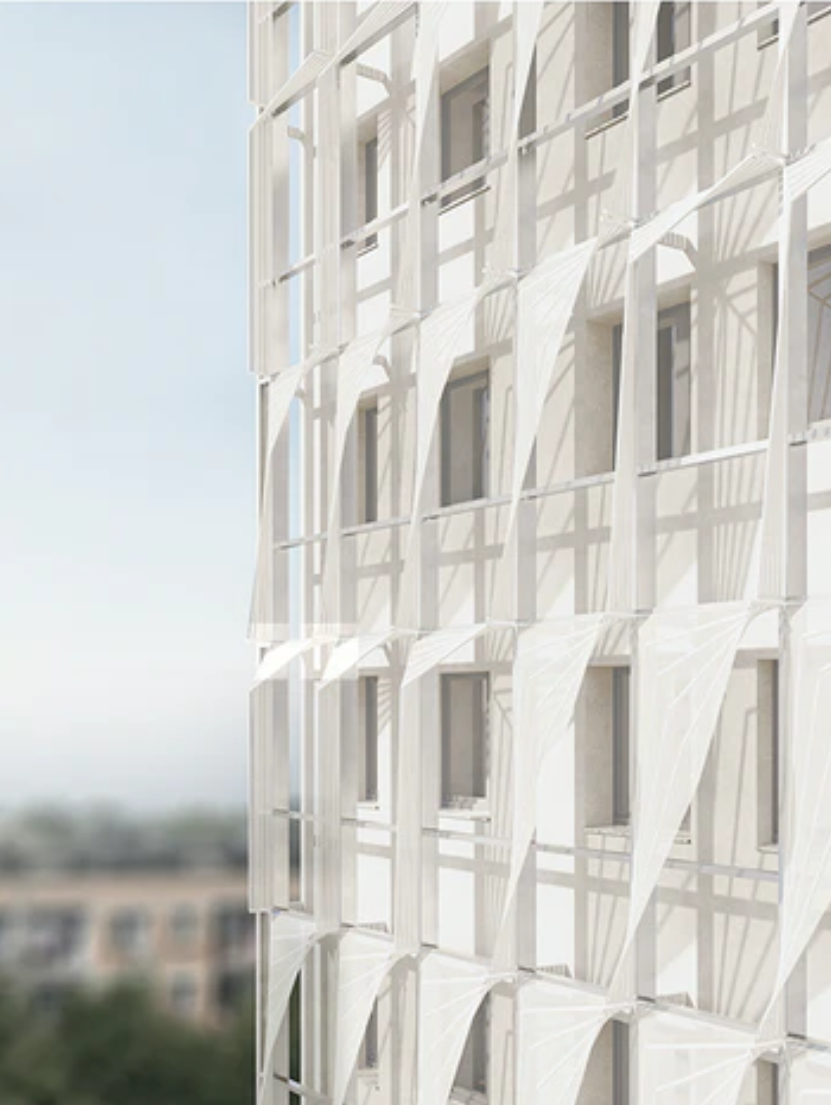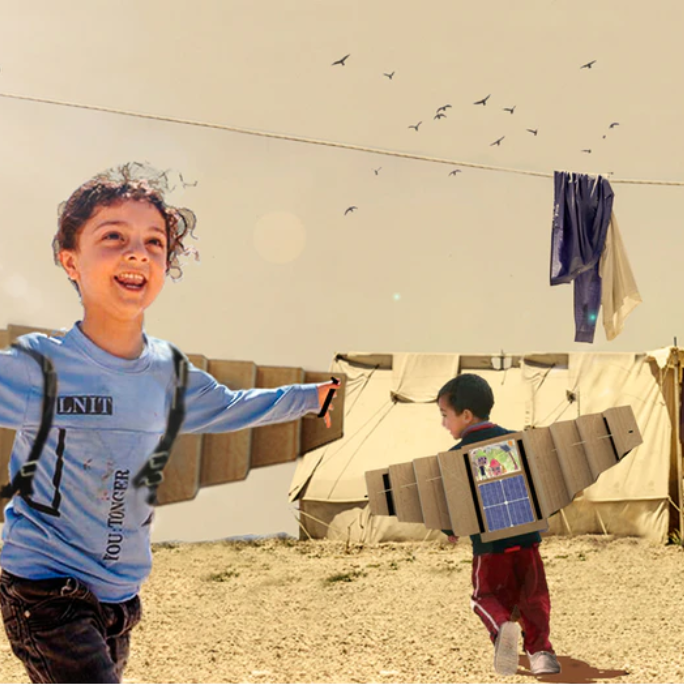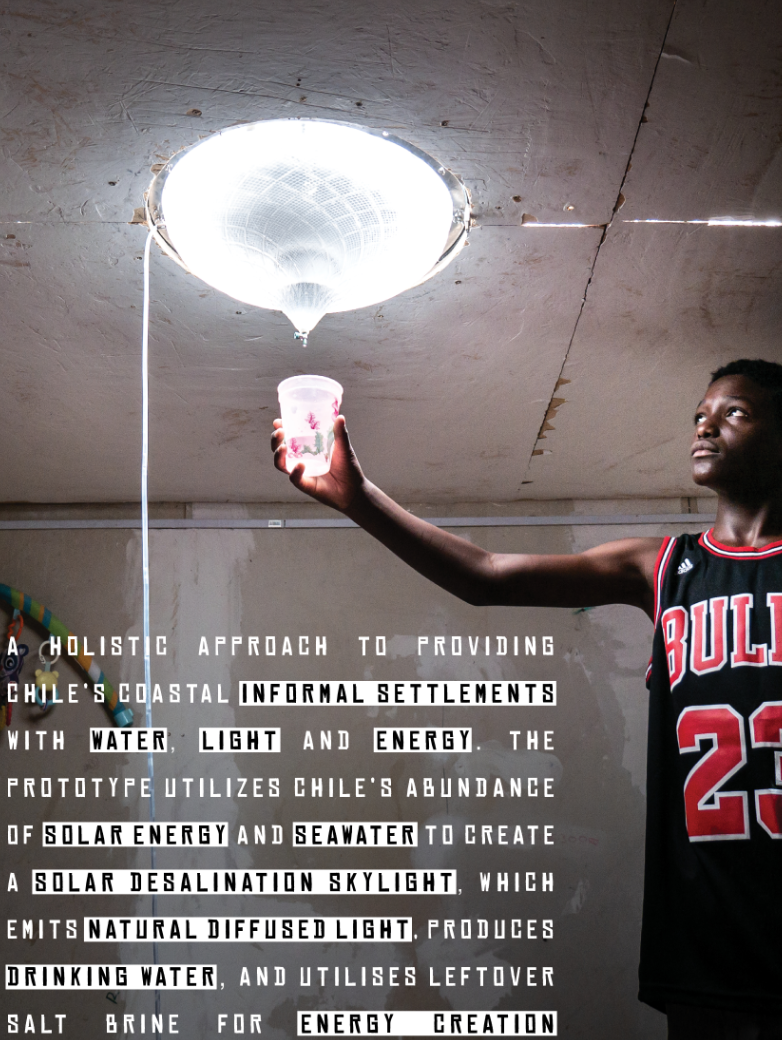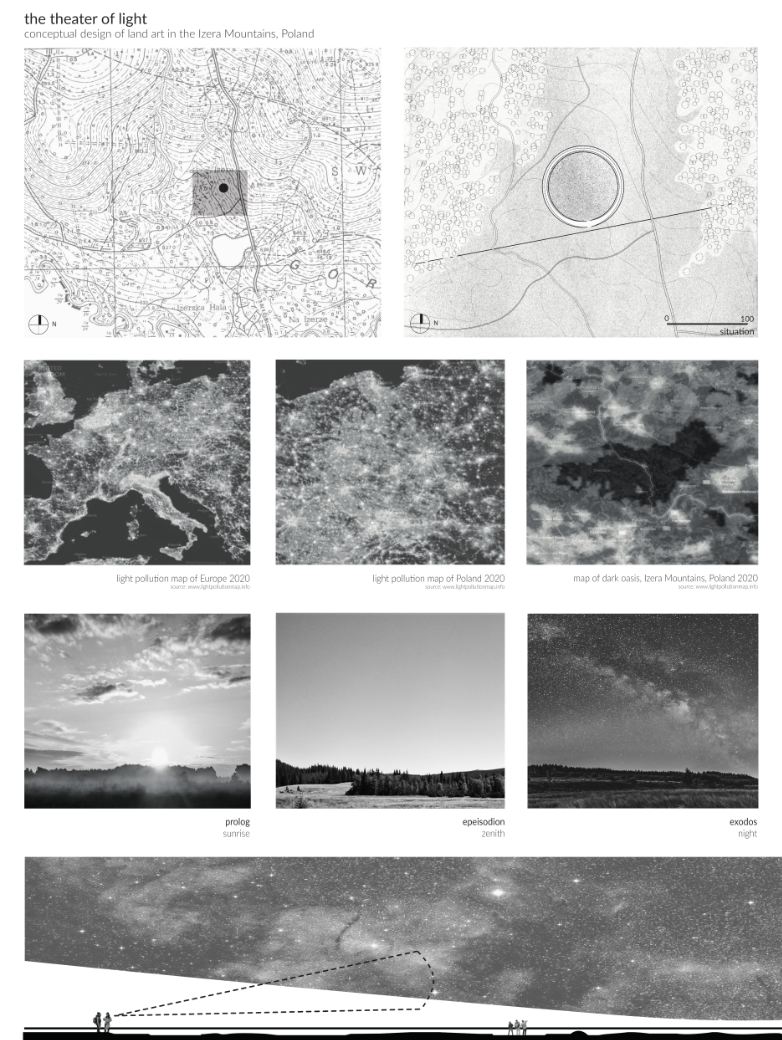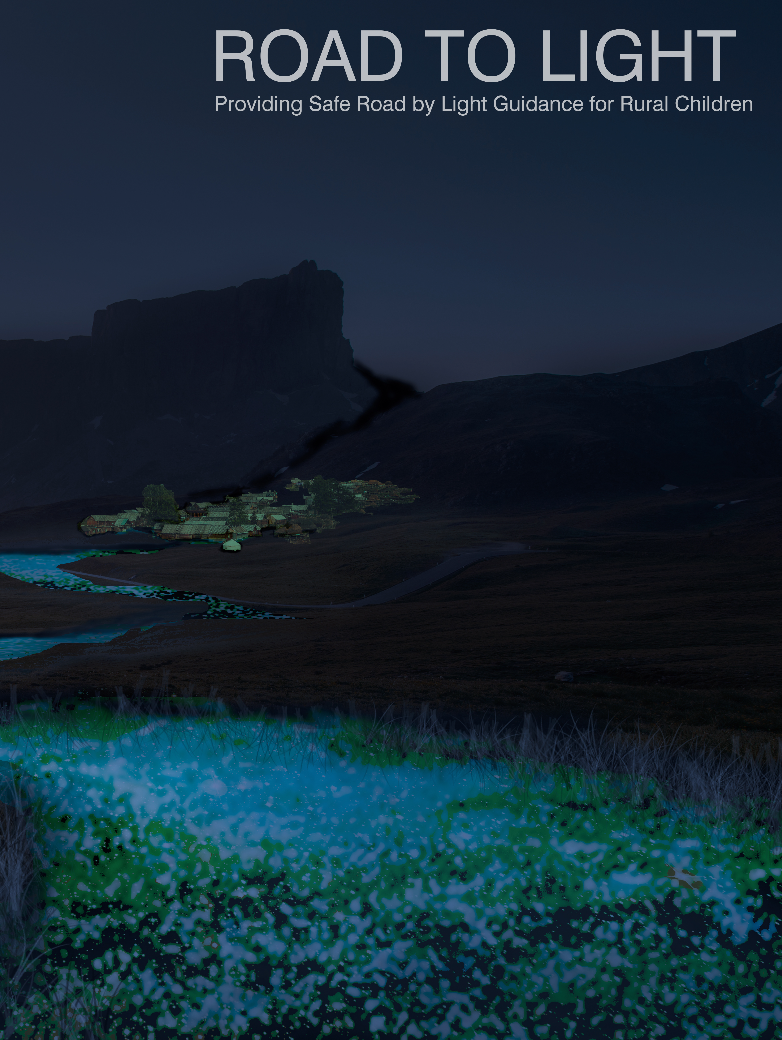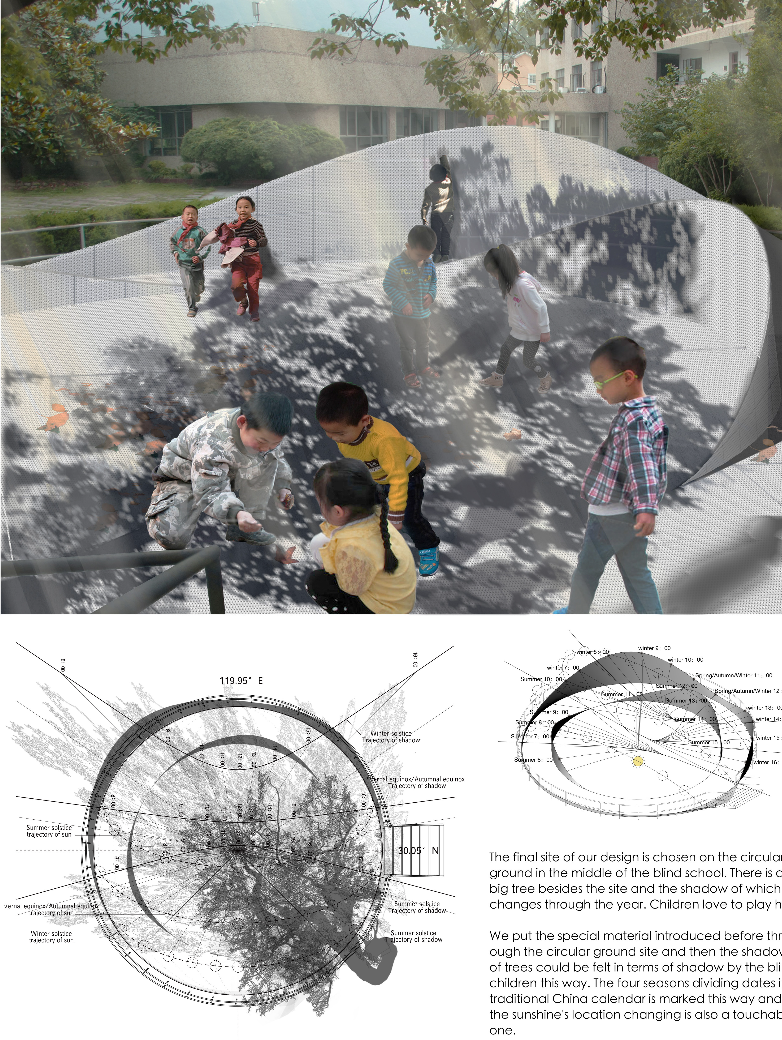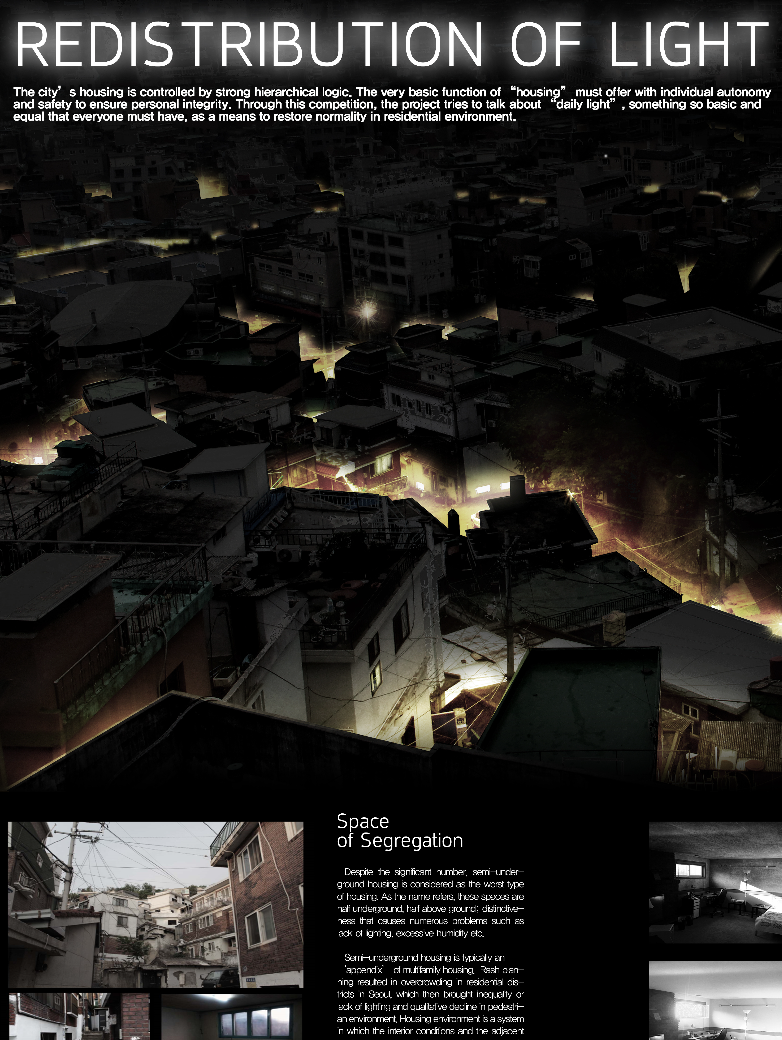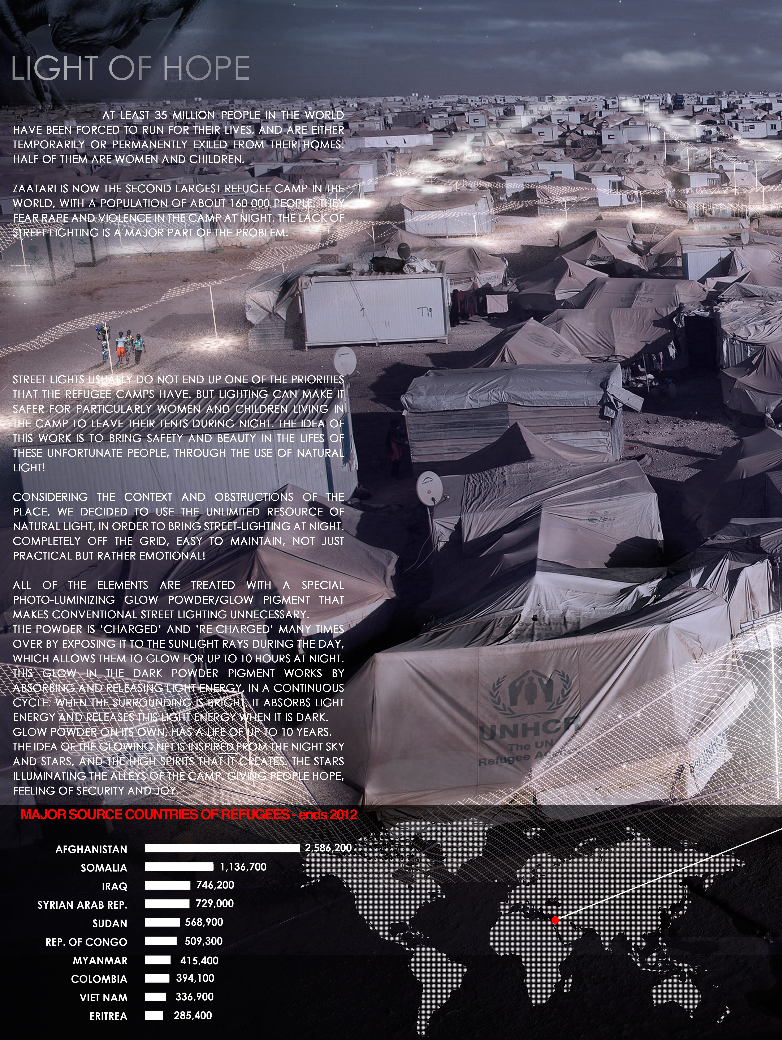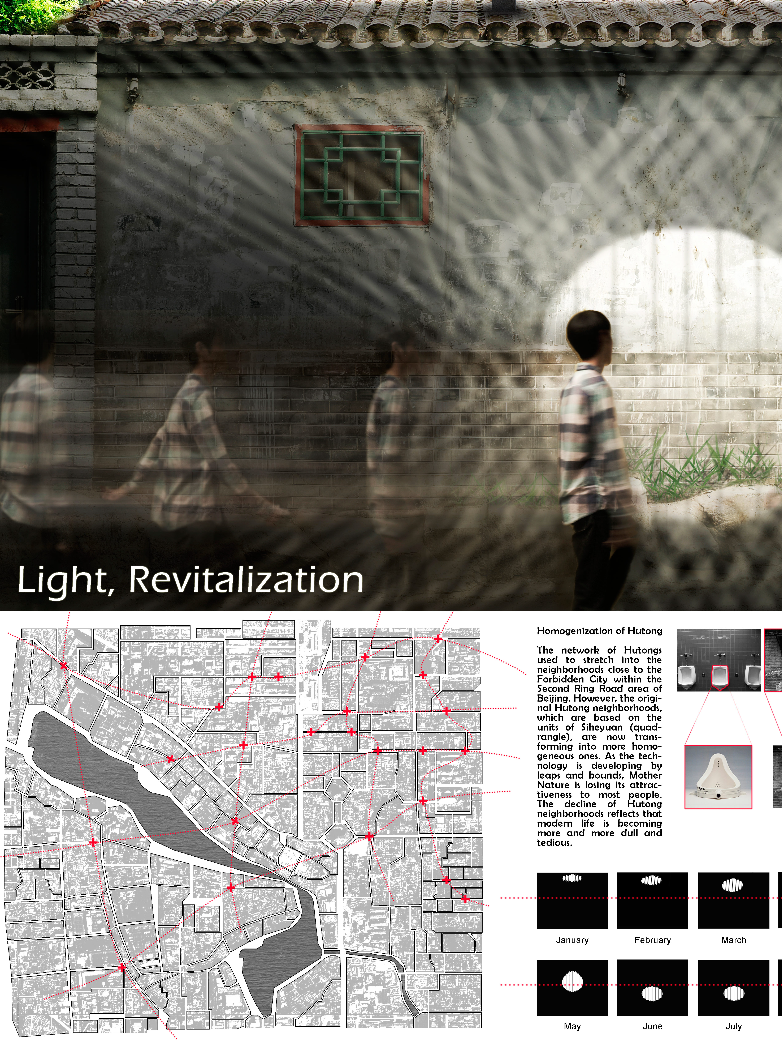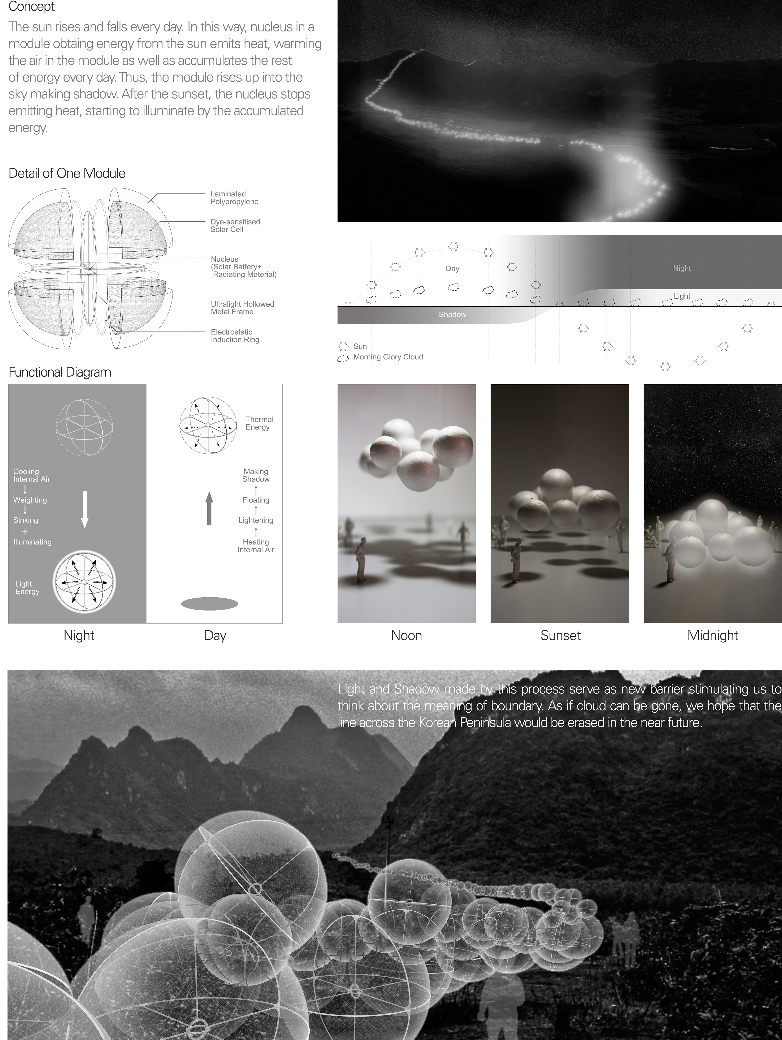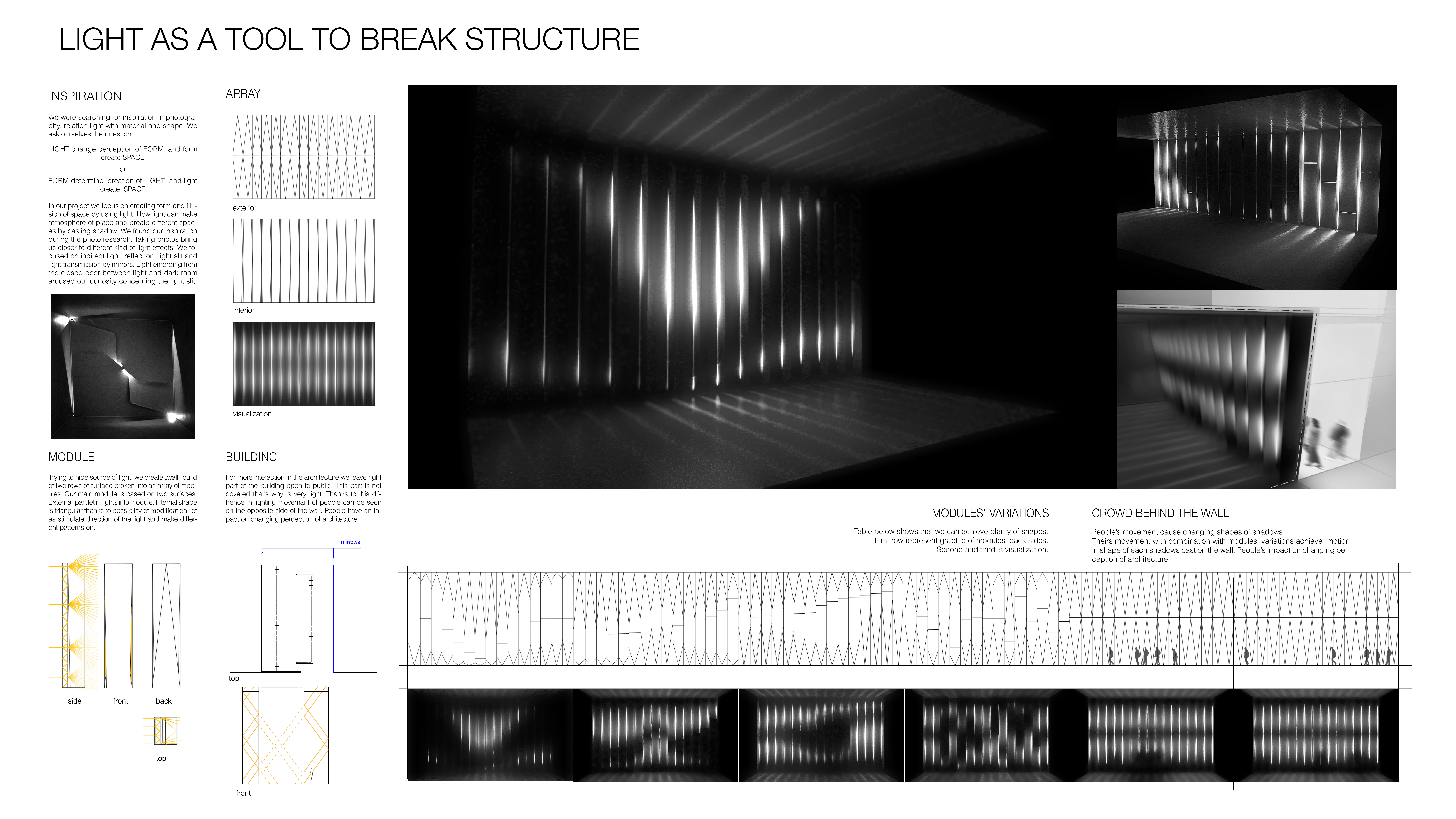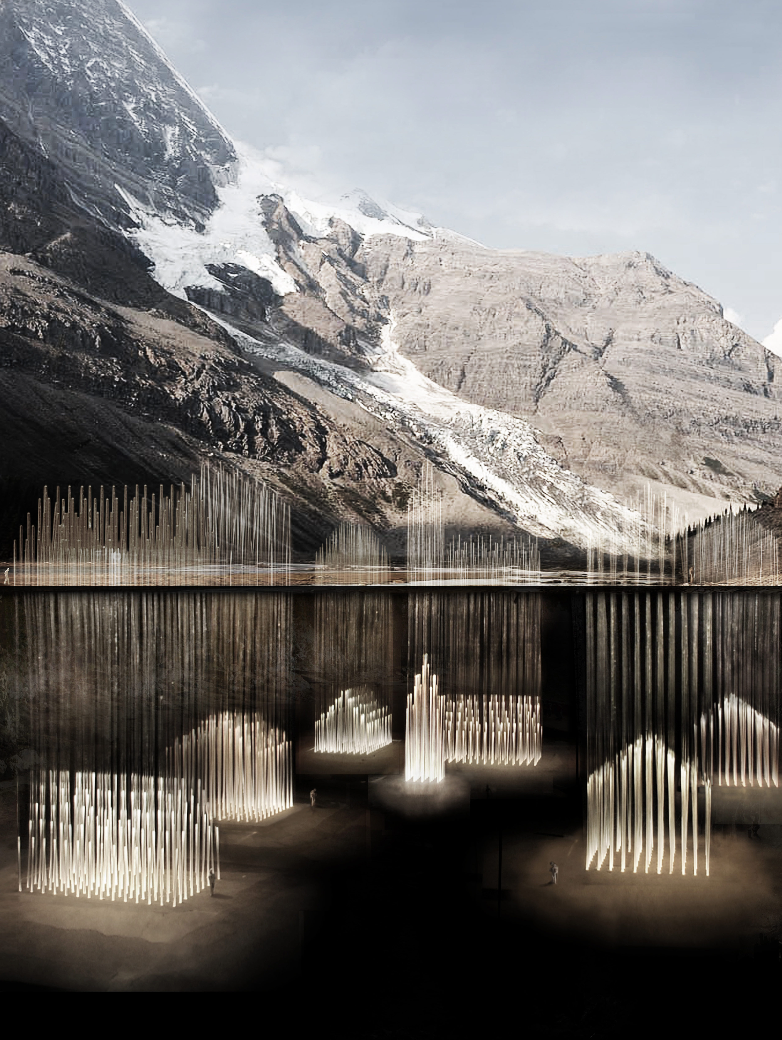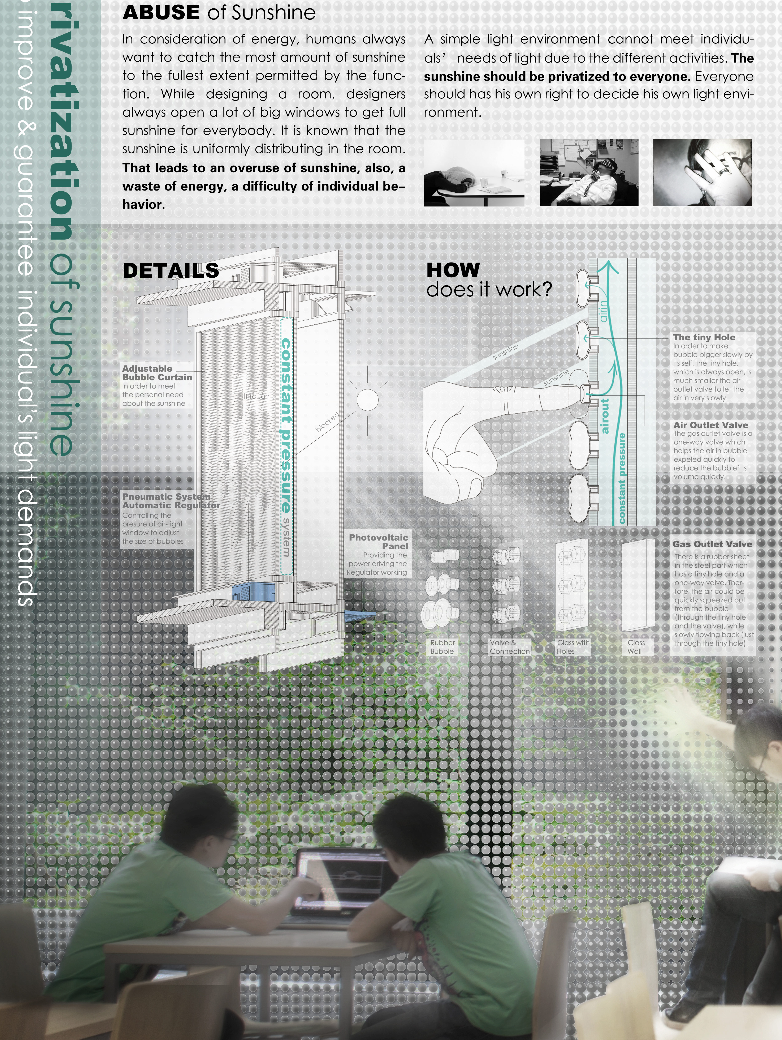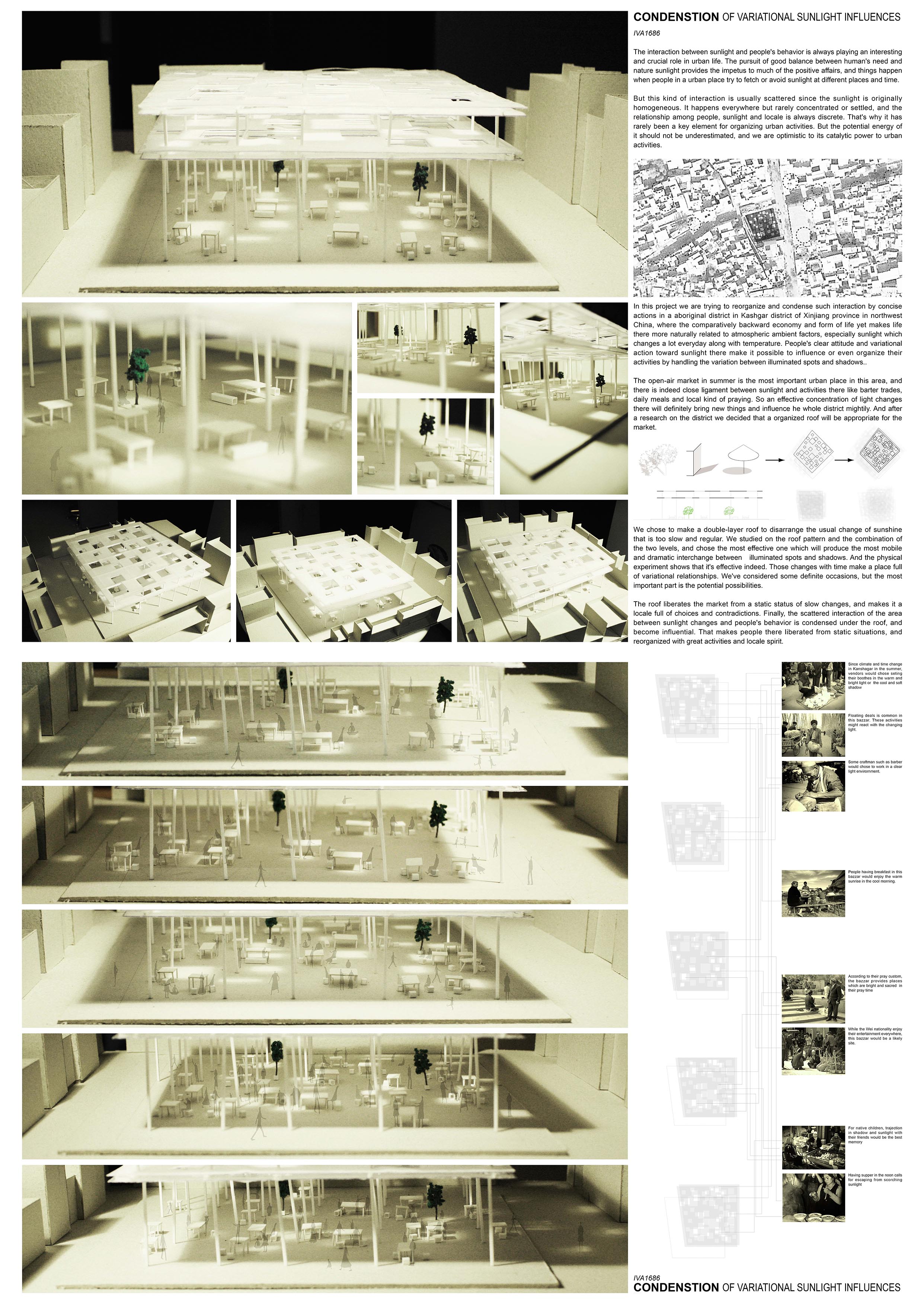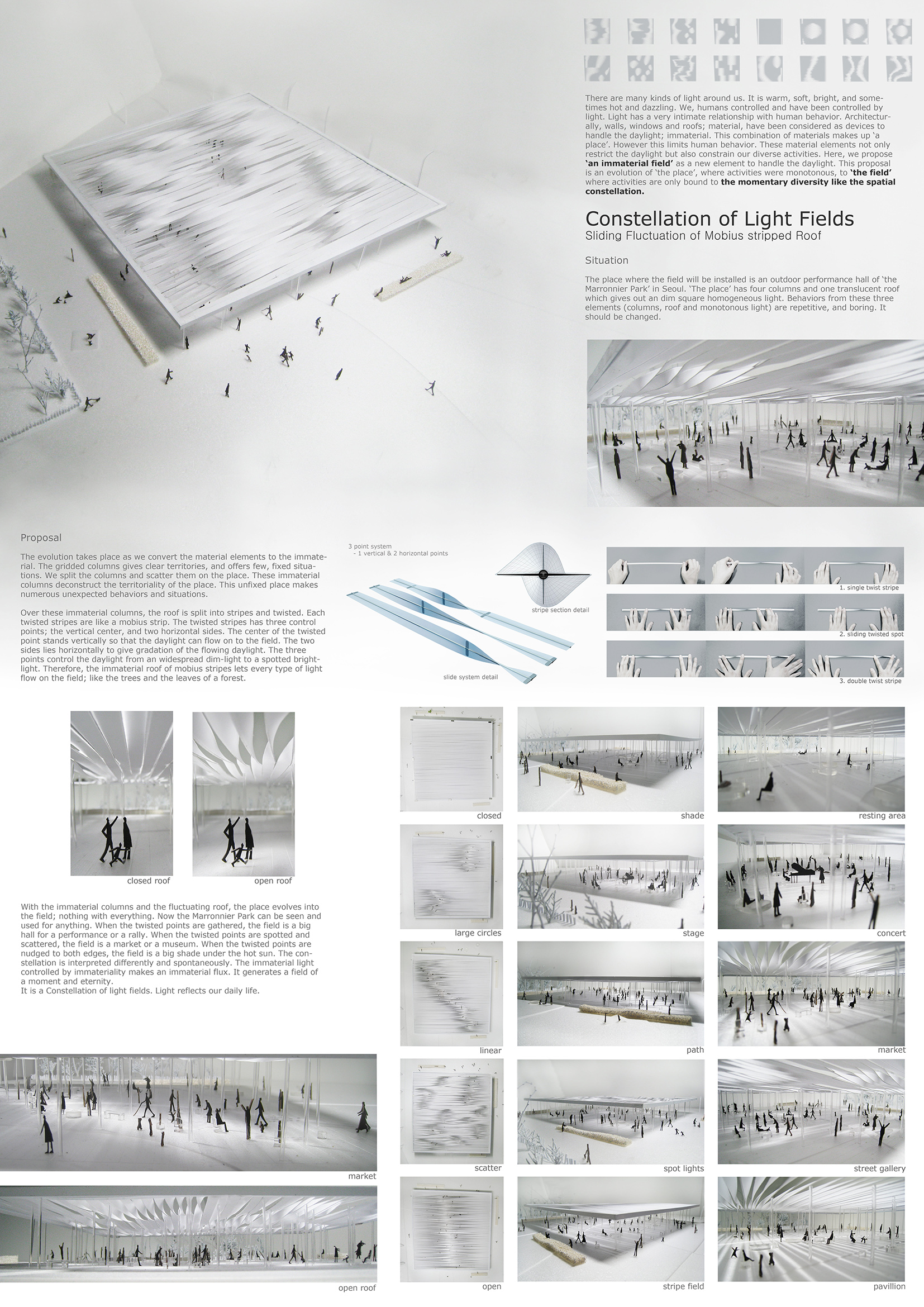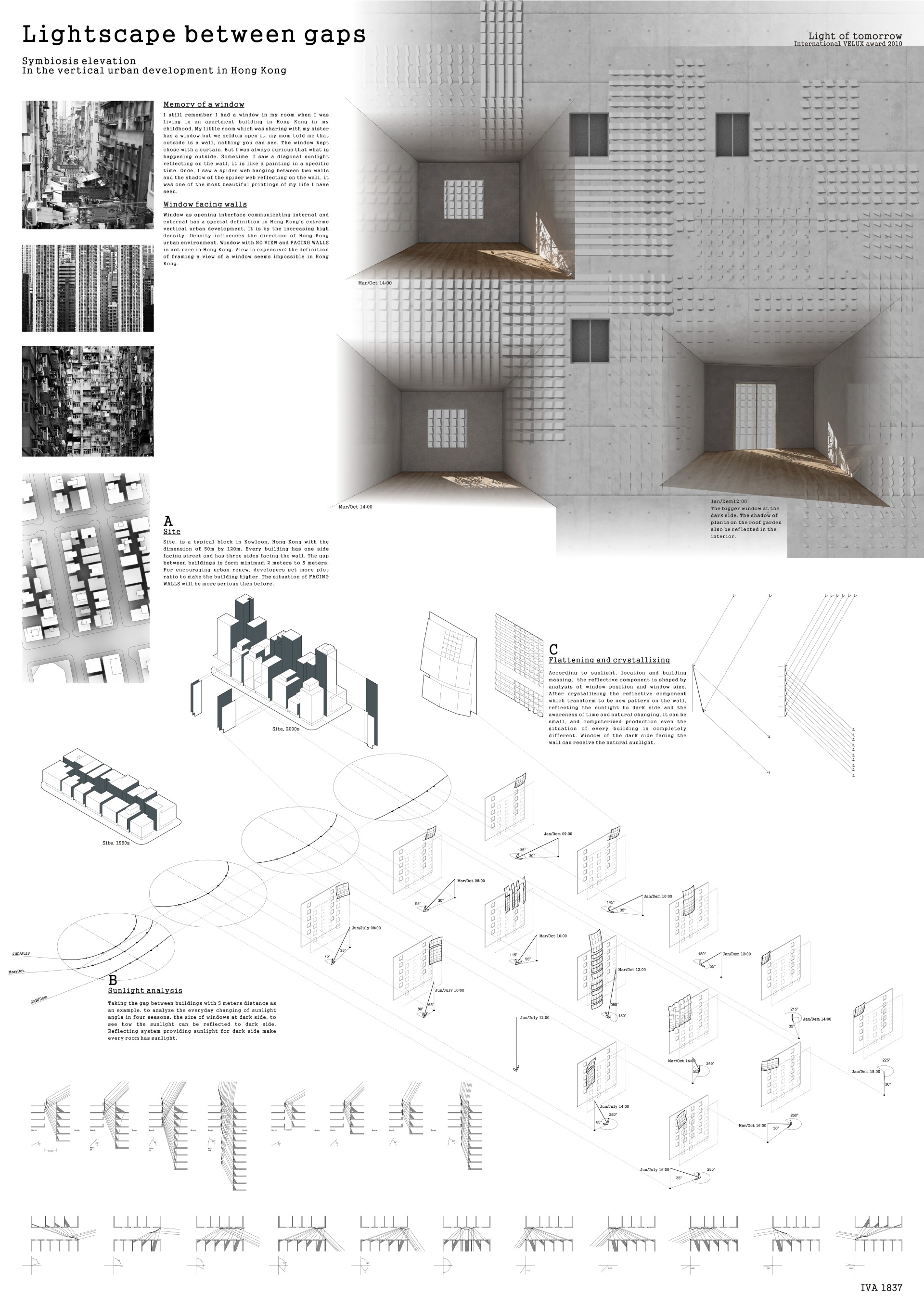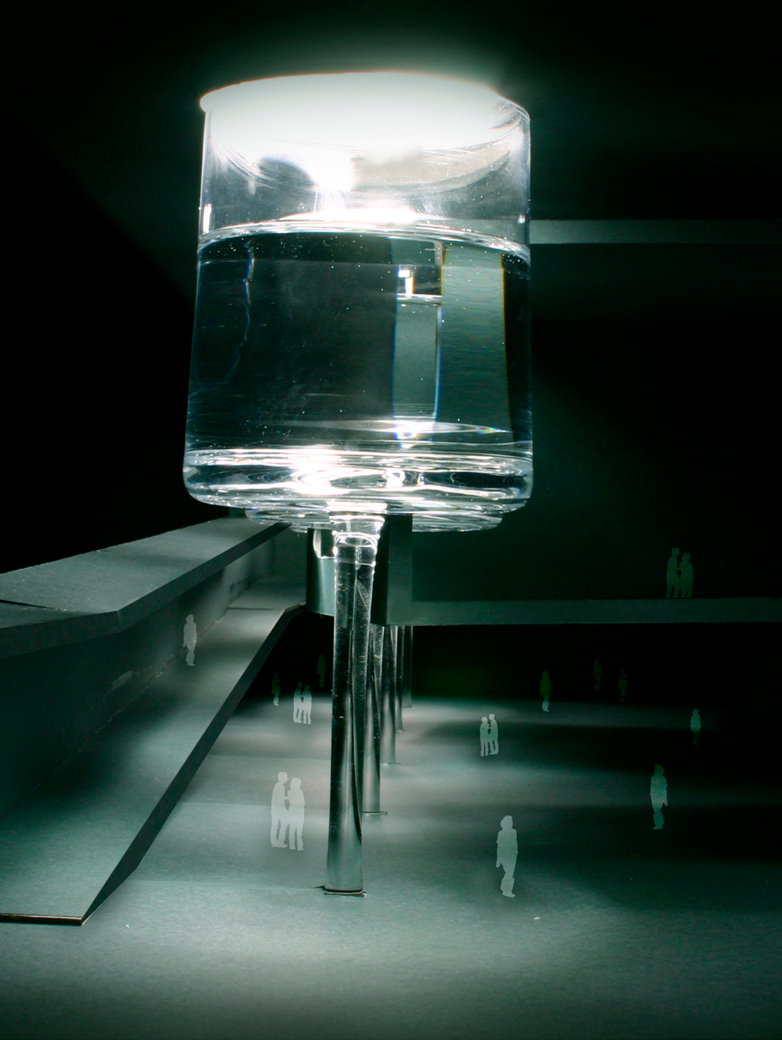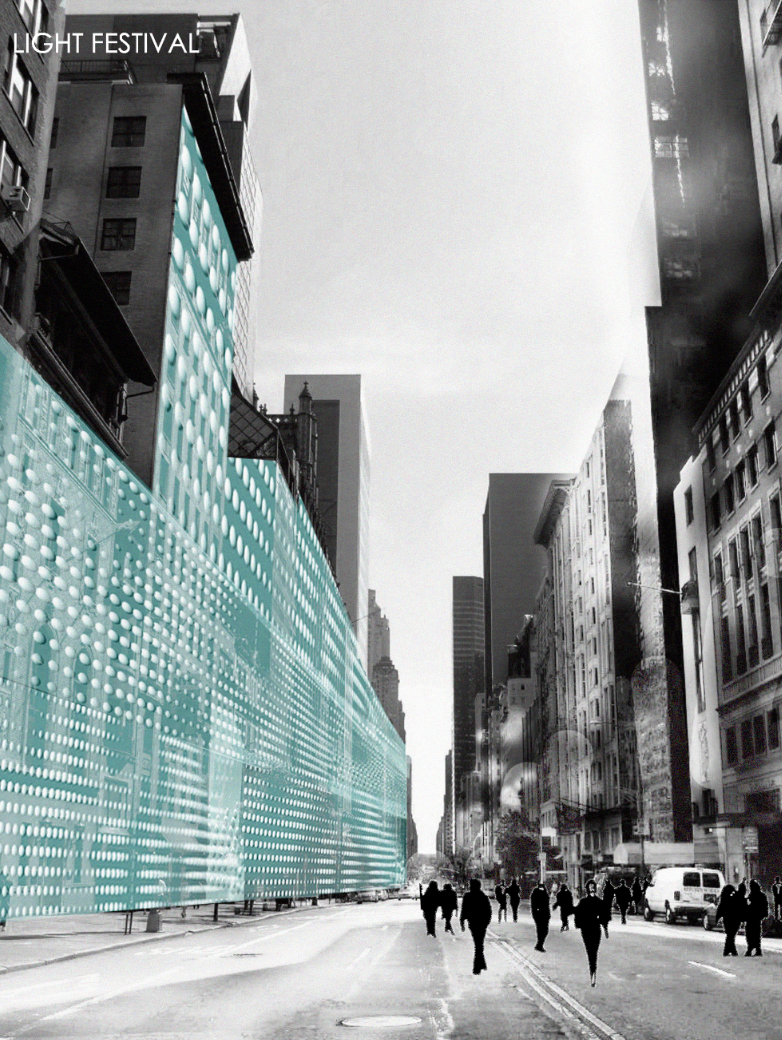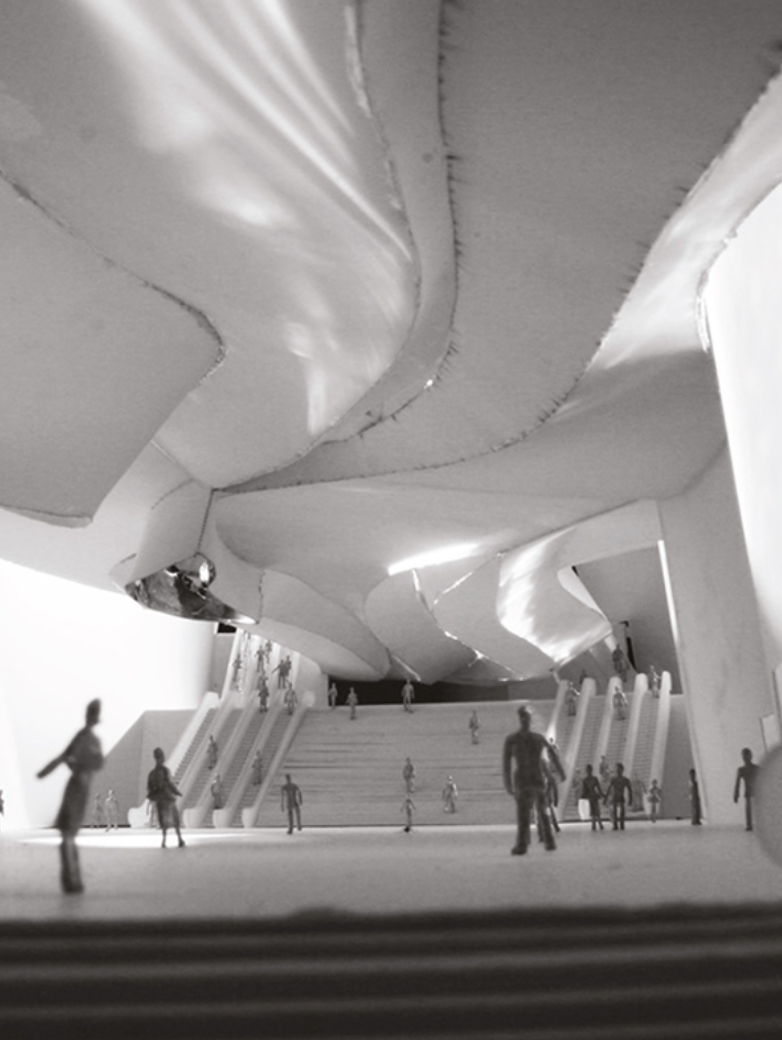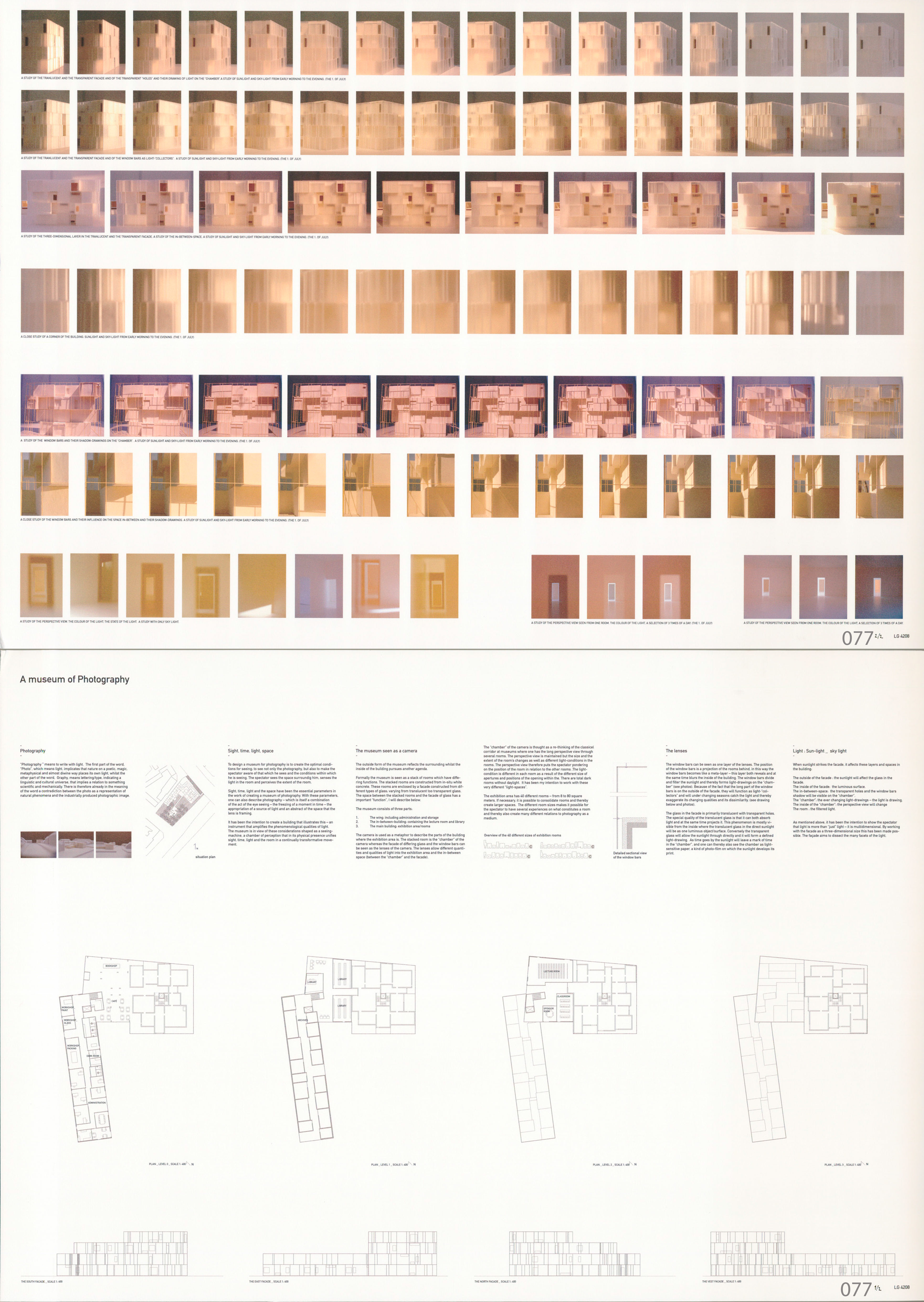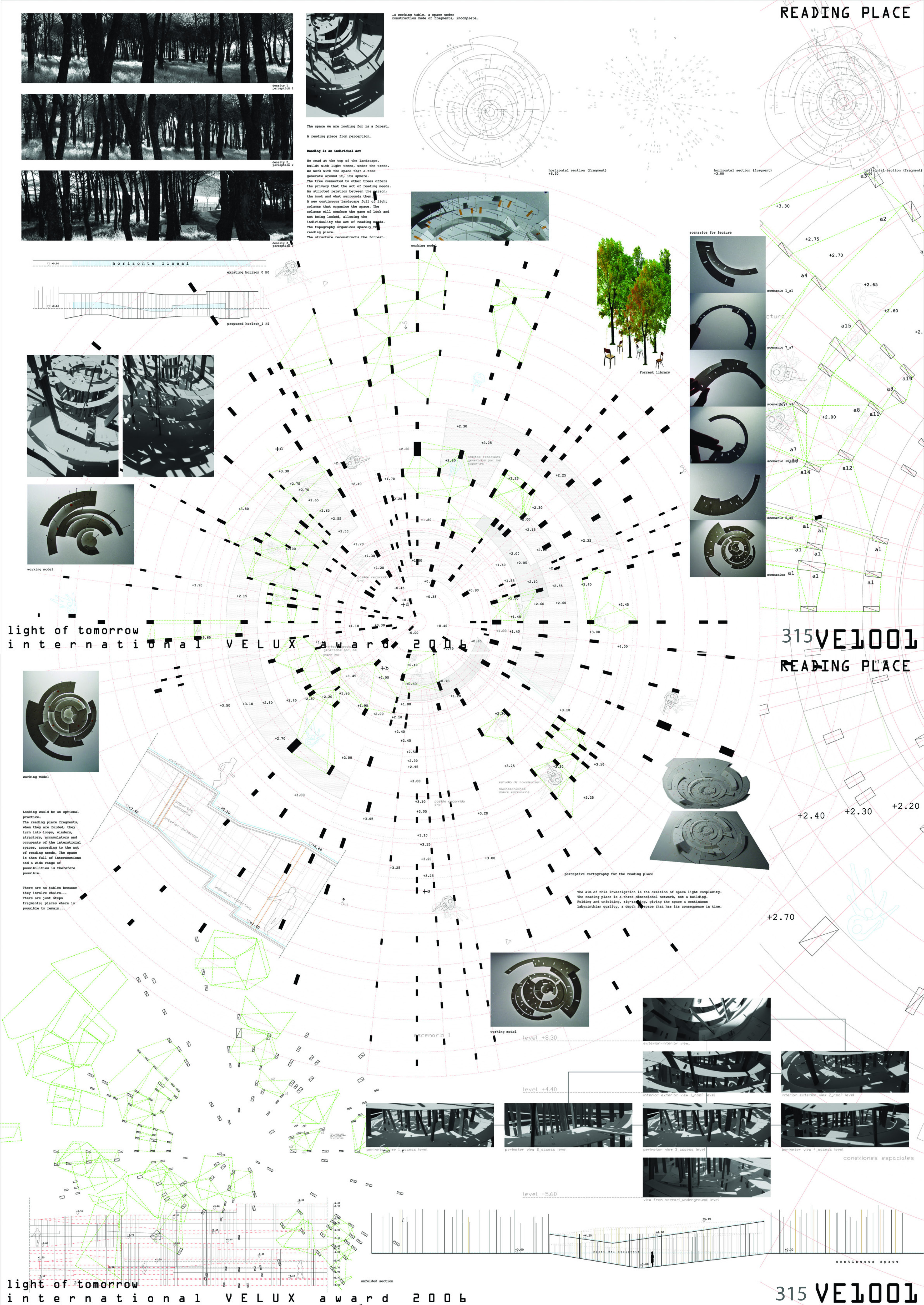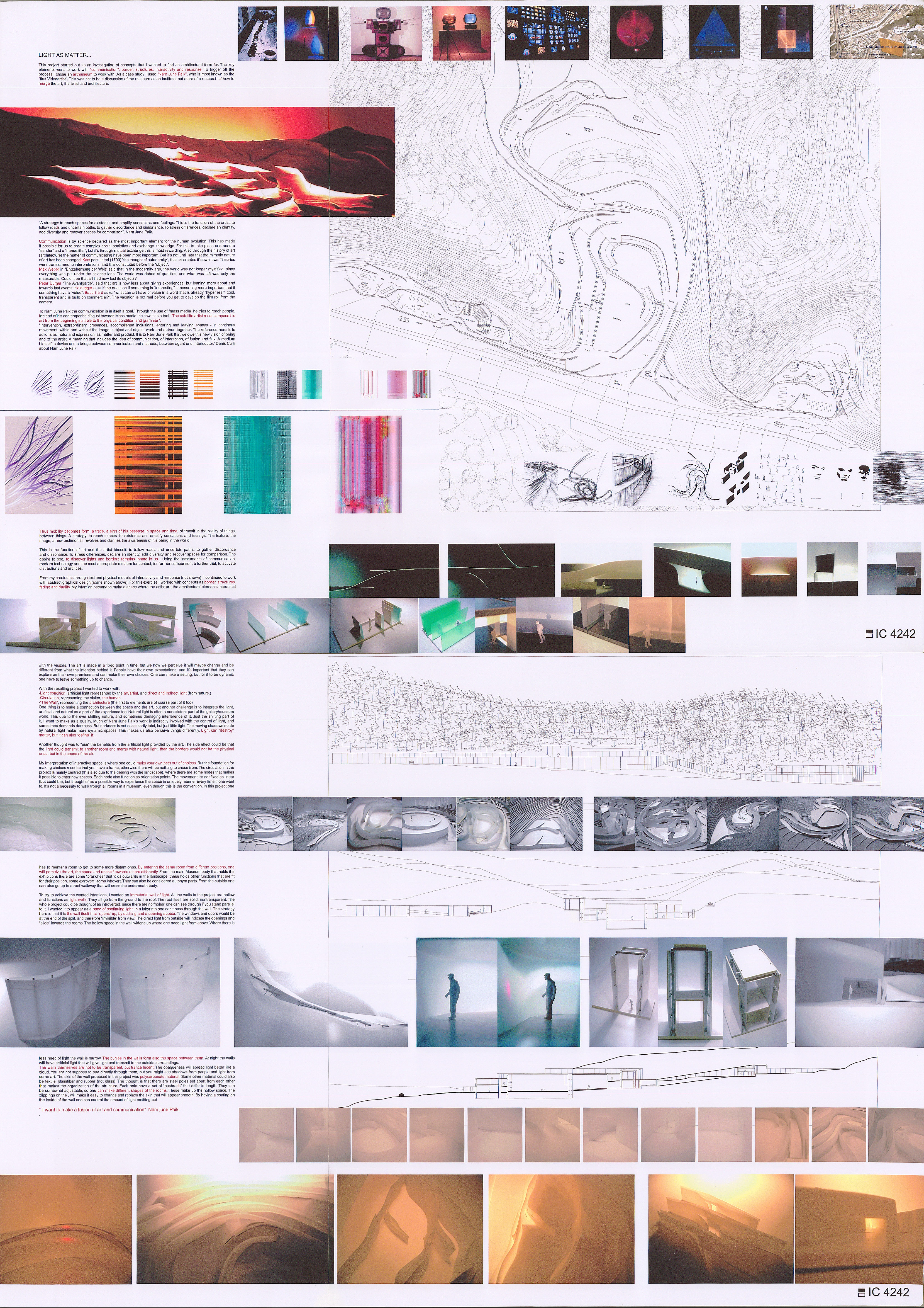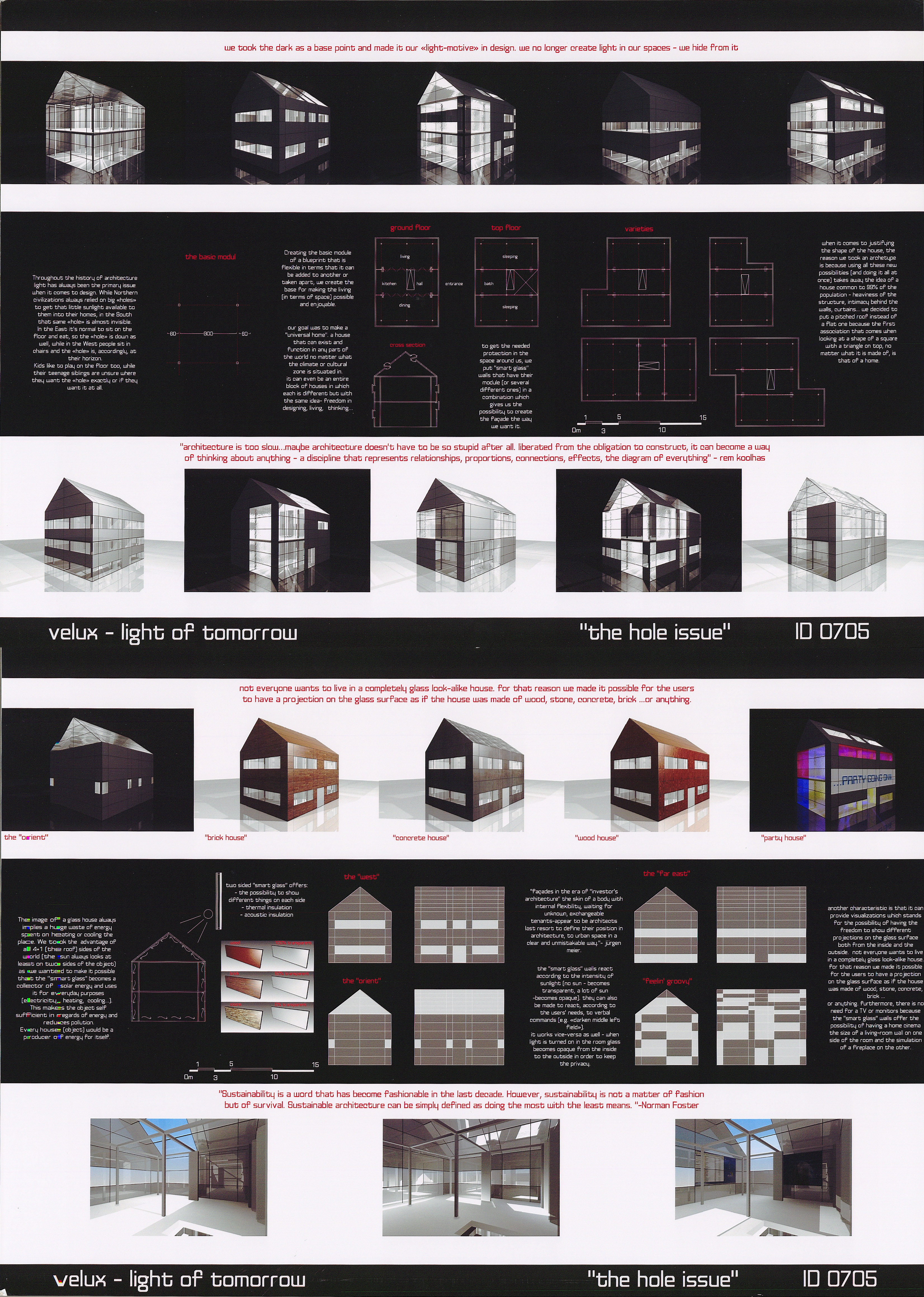2024 - Algae Shel(l)ter: A Microalgae Sanctuary
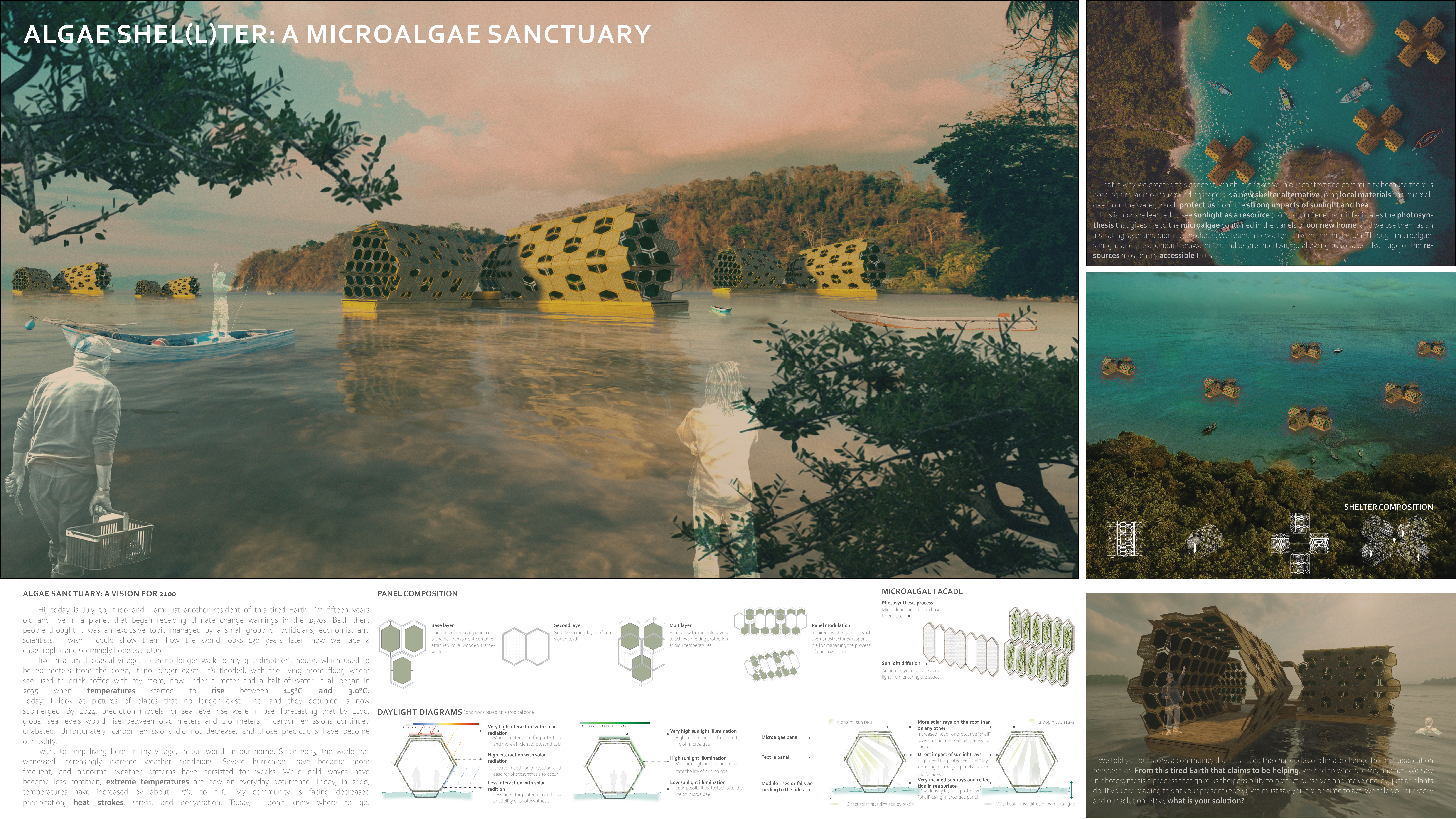
Category
Daylight in Buildings - Region 3: The Americas
Students
Diego Vargas Fernandez, Analejandra Morera Chavarria & Neithan Lugo Rodriguez
Teacher
Andrea Sancho Salas
School
University of Costa Rica
Country
Costa Rica
Download
Download project board
ALGAE SANCTUARY: A VISION FOR 2100
Hi, today is July 30, 2100 and I am just another resident of this tired Earth. I’m fifteen years old and live in a planet that began receiving climate change warnings in the 1970s. Back then, people thought it was an exclusive topic managed by a small group of politicians, economists, and scientists. I wish I could show them how the world looks 130 years later; now we face a catastrophic and seemingly hopeless future. I live in a small coastal village. I can no longer walk to my grandmother’s house, which used to be 20 meters from the coast, it no longer exists. It’s flooded, with the living room floor, where she used to drink coffee with my mom, now under a meter and a half of water. It all began in 2035 when temperatures started to rise between 1.5°C and 3.0°C. Today, I look at pictures of places that no longer exist. The land they occupied is now submerged. By 2024, prediction models for sea level rise were in use, forecasting that by 2100, global sea levels would rise between 0.30 meters and 2.0 meters if carbon emissions continued unabated. Unfortunately, carbon emissions did not decrease, and those predictions have become our reality. I want to keep living here, in my village, in our world, in our home. Since 2023, the world has witnessed increasingly extreme weather conditions. Severe hurricanes have become more frequent, and abnormal weather patterns have persisted for weeks. While cold waves have become less common, extreme temperatures are now an everyday occurrence. Today, in 2100, temperatures have increased by about 1.5°C to 2°C. My community is facing decreased precipitation, heat strokes, stress, and dehydration. Today, I don’t know where to go. That is why we created this concept, which is innovative in our context and community because there is nothing similar in our surroundings, and it is a new shelter alternative using local materials and microalgae from the water, which protect us from the strong impacts of sunlight and heat. This is how we learned to see sunlight as a resource (not just our “enemy”); it facilitates the photosynthesis that gives life to the microalgae contained in the panels of our new home, and we use them as an insulating layer and biomass producer. We found a new alternative home on the sea. Through microalgae, sunlight and the abundant seawater around us are intertwined, allowing us to take advantage of the resources most easily accessible to us. We told you our story: a community that has faced the challenges of climate change from an adaptation perspective. From this tired Earth that claims to be helping, we had to watch, learn, and act. We saw in photosynthesis a process that gave us the possibility to protect ourselves and make energy, just as plants do. If you are reading this at your present (2024), we must say you are on time to act. We told you our story and our solution. Now, what is your solution?
